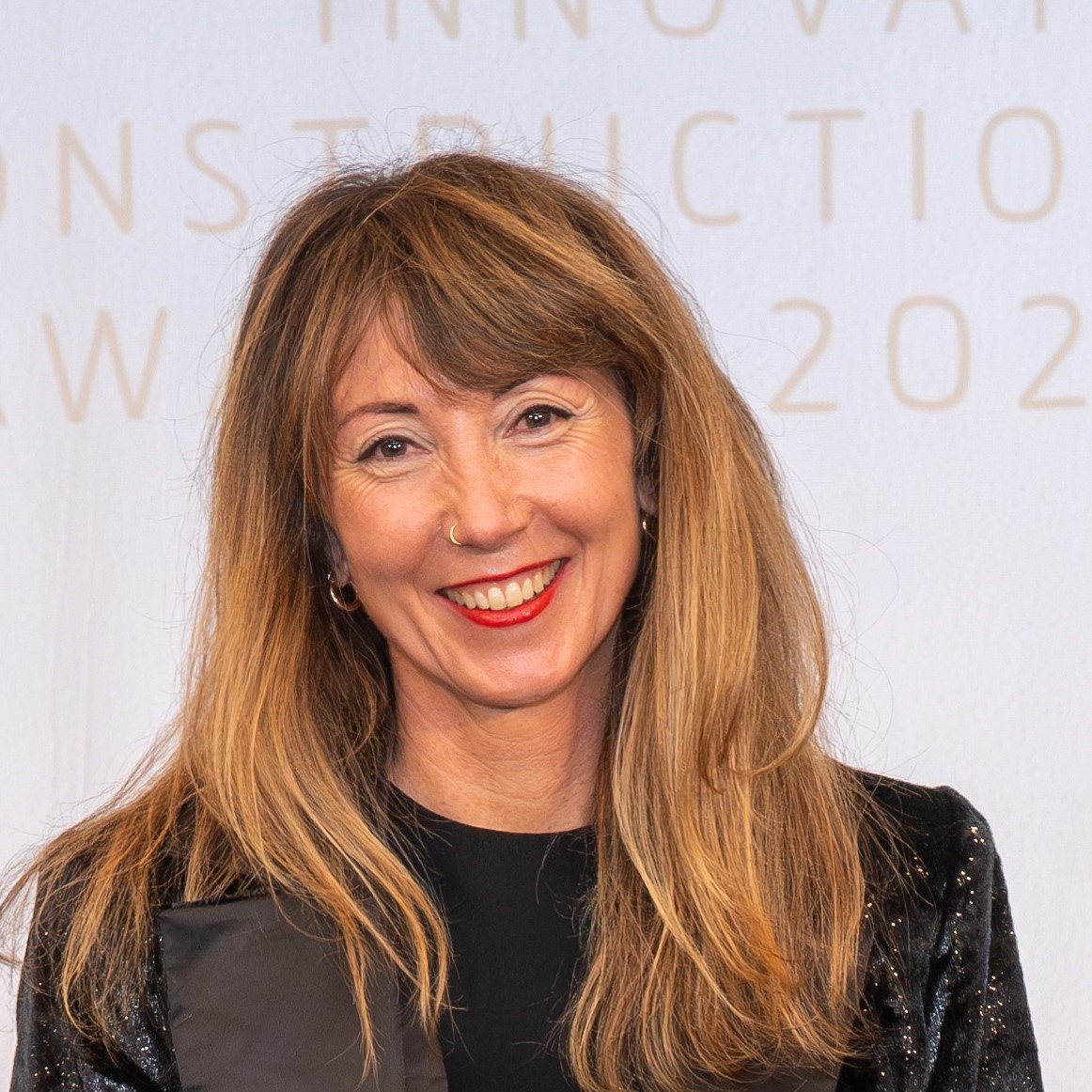The old station now has 2,014 m2 available to be used for leisure activities for children and young people
Ferrovial Agroman’s restoration of Burgos’ old train station is almost complete. Very soon, the children and young persons of this historical Spanish town will have some new leisure facilities available, in a building which first opened in 1905 and initially included three towers and two separate inner sections.
Given the historical value of the building, its facade and structure have heritage listing protection. This has meant that the implementation plan had to envisage manual demolition of the roofs and the interior of the building, which took around four months of dedicated work.
The old train station, located slightly to the south of Burgos town centre, has been standing unused since 2008, when the Madrid-Hendaye (France) railway line was diverted out of the city centre to the outskirts. Restoration works have been ongoing since 2015.
About the restoration
Access
Access to the new facilities is via a polished asphalt pavement, the same material used to transform the Railway Boulevard after the line was moved. The entrance welcomes visitors through two metal porches covered in black steel, and thus very similar to what was originally built at the beginning of the 20th century.
The interior
In order to build the new internal structure of pillars, porticos, beams and composite steel slabs, access had to be via the roof, since the size of the openings on the listed outer walls could not accommodate the materials and machinery required for such works. Closure of the roof was therefore done only when the inner structures were almost 100% complete.
Cleaning the inside of the outer walls revealed original bricks and Hontoria stone, and these have been left bare and visible after restoration. Inner partitions are made of plasterboard with black steel plate cladding or panelled with black cement-wood board, except in wet areas or areas set aside for catering, where tiling has been used. Acoustic oriented strand suspended ceilings have been fitted, and the handrails of stairs and walkways clad in black steel plate.
Horizontal finishings are of cement or grey Viroc cement-wood paving. Stairways and walkways use galvanised tread plate.
Windows and doors are of clear-varnished crude steel or black cement-wood board, as is all the vertical cladding.
The outside
After carrying out all interior works, the screwed-on metal structure of the three towers was restored, and the whole building roofed with black mixed ceramic tiles, similar to those used in the original building. The metal truss structure on the inner sections was removed.
Restoration of the exterior facades, which already show new joinery of rectangular Swedish pinewood profiles with a thickness of 150×60 mm, consisted in general cleaning operations, using paint strippers, high pressure water jets, fungicide and efflorescence treatments, static sealing and injection of expanding mortar in the more degraded areas, and, finally, the application of a consolidation and waterproofing treatment on the entire surface.
Around the building, the geometry of the two existing gardens, featuring two sequoias listed as the town’s oldest trees, has been changed, new flowers have been planted and lawns laid.
The most notable features in this project were the impossibility of using heavy machinery within the building, and the setting up of the mixed steel and cement structure as a brace for the existing outer walls. Also worth a special mention was the challenge posed by the cleaning of the outer walls, due to deeply ingrained black stains from train traffic over the useful life of the building.
The old station building now has 2,014 m2 available, with a capacity for 632 people. The plans are to create multipurpose halls for children and young persons, with a coffee shop, kitchen and restaurant area.
The project team, reporting to Juan José Sánchez, Castilla-León Director and José Antonio González, Head of Construction Group, was comprised by Juan Muñoz, Site Manager; Eduardo Gómez, Production Manager; Ángel José Méndez, Foreman; Juan Antonio Suárez, Admin support; David González, Senior Technical Officer PRL and Raquel Arnáiz, Preventive Resources.






